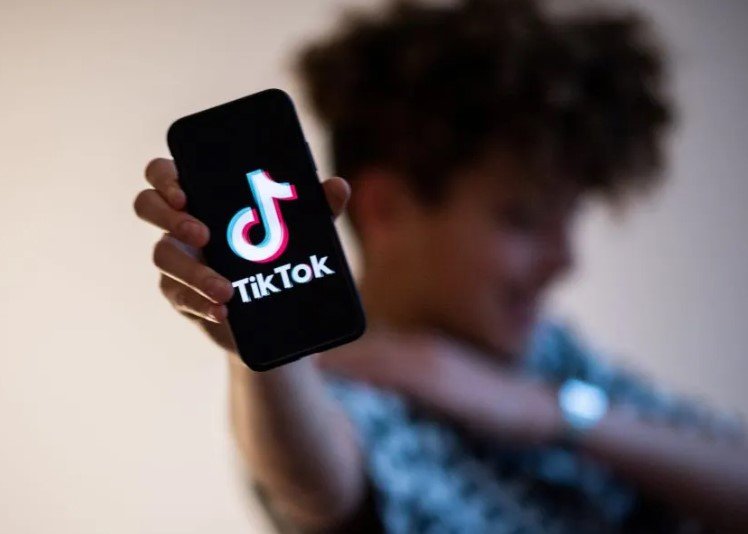Millions on TikTok are falling for short videos promising free Spotify Premium or Microsoft software updates. But what looks like a sweet deal might actually open your computer to sneaky malware.
A wave of TikTok videos promising free upgrades to popular services like Spotify Premium and Windows 365 is stirring up more trouble than fans realize. These short clips, often less than 10 seconds long, show users a quick command to type into Windows PowerShell—a tool built into the system for advanced tasks. Sounds simple enough, right? But here’s the catch: that command doesn’t grant free access to premium subscriptions. Instead, it quietly downloads malware that steals your personal info.
This isn’t your typical email scam or phishing link. It’s a slick, visual trick that preys on curiosity and the desire for freebies. The hacker’s weapon? The PowerShell command itself, which runs behind the scenes once you type it in, installing software that grabs passwords, cryptocurrency wallets, and sensitive documents without you noticing.
TikTok’s Viral Malware Trend Hits Millions
These promo videos have exploded in popularity, racking up millions of views across TikTok. What’s worrying cybersecurity experts is that the attack method sidesteps traditional security defenses. Usually, antivirus tools scan email attachments or suspect downloads—but here, nothing malicious is hosted on TikTok itself.
The malware only appears after users manually enter the PowerShell command. That means security software can’t detect anything suspicious on the platform. The entire attack is visual—just a few seconds of video and synthetic voice instructing users on what to type.

Junestherry Dela Cruz, a cybersecurity researcher at Trend Micro who uncovered this scam, told Forbes the videos are almost robotic in style. “They all use nearly identical camera angles and synthetic voices, which hints at AI-generated content,” she explained. The rise of AI seems to be giving scammers new tools to craft slick, convincing fake offers.
How the Scam Works — And Why You Shouldn’t Try It
Here’s what happens when someone falls for the trick: they open Windows PowerShell, type the command from the video, and hit enter. Instead of unlocking free services, their machine quietly downloads malware in the background.
This malware is designed to:
-
Grab personal documents and files
-
Steal cryptocurrency wallet keys
-
Capture login details for social media and email accounts
The scary part? Most users won’t notice anything unusual right away.
Table: Key Differences Between Legitimate Software Updates and TikTok Scam Commands
| Feature | Legitimate Updates | TikTok Scam Commands |
|---|---|---|
| Source | Official Microsoft or Spotify servers | User-run PowerShell commands |
| Delivery Method | Automatic or verified installers | Manual input by user from video |
| Security Detection | Detected by antivirus software | Not detected until after execution |
| Outcome | Genuine software upgrades | Malware installation and data theft |
| User Awareness Needed | Minimal, system prompts | Full user involvement and trust |
TikTok users should be extremely cautious about any video encouraging manual code input. It’s not just about free stuff — it’s a trap that compromises your entire computer.
Why Traditional Security Tools Are Missing This Threat
Unlike email scams or suspicious downloads, these TikTok videos don’t carry malicious code in the traditional sense. The content is purely visual and audio-based, meaning anti-malware programs have no code or file to analyze until after you run the PowerShell command.
This makes the attack uniquely hard to detect and stop.
Security experts warn that this is a new breed of social engineering attack—blending viral social media content with technical exploitation. And the use of AI voices and repeated video formats is a giveaway that scammers are pumping out dozens or hundreds of these videos to catch as many victims as possible.
A Broader Trend of AI-Enabled Social Media Scams
This TikTok malware wave isn’t happening in isolation. Experts see a growing pattern where AI tools help scammers automate the creation of fake content that looks just legit enough to fool casual users.
These AI-generated videos come with:
-
Synthetic but realistic voiceovers
-
Repeated angles and visuals that build a familiar “brand” for the scam
-
Short, punchy instructions that feel urgent or exciting
The danger is real: millions of users can be targeted quickly, and the spread is exponential thanks to social media algorithms pushing popular clips.
So, what’s the takeaway? Simple: never enter commands into your computer from videos or posts unless you completely trust the source. If a deal sounds too good to be true—like free Spotify Premium or Microsoft updates—it probably is.
In this digital age, your curiosity could cost you far more than a subscription fee.








